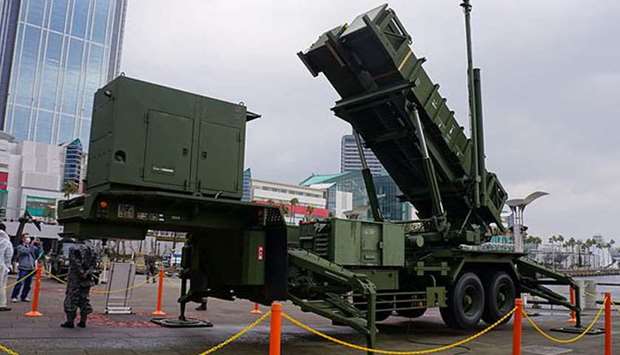Japan has lowered its military readiness level against North Korean missiles as Washington embarks on delicate nuclear negotiations with Pyongyang, a report said Sunday, citing multiple unnamed sources close to the matter.
The report came as Japan finds itself under pressure to soften its hardline stance against Pyongyang following US President Donald Trump's landmark summit with North Korean leader Kim Jong Un last month.
Japan's Self Defense Forces on Friday dropped their programme to always deploy Aegis warships in the Sea of Japan (East Sea) that detect and intercept incoming missiles, the Asahi Shimbun reported.
But Japanese forces will remain ready to intercept missiles detected via spy satellite images, the newspaper said.
Japanese defense officials told the Asahi that Tokyo was following in the footsteps of the United States, which has already lowered its alert level in the Indo-Pacific region. Japan has also suspended public evacuation drills simulating a North Korean missile attack.
Japanese defense ministry officials were not available for immediate comment.
Japan has long maintained a tight-lipped stance about its exact defense posture against North Korea, including the locations of the high-tech Aegis vessels.
As concern has grown in Tokyo about Japan being left on the sidelines in the diplomatic negotiations with North Korea, hawkish Prime Minister Shinzo Abe last month said that his government has approached Pyongyang to arrange a summit with Kim.
After his own meeting with Kim, Trump unexpectedly announced plans to suspend joint military exercises between the US and South Korea that had previously been seen as a vital measure to contain the North Korean threat.
South Korea's new president Moon Jae-in also favours a softer approach towards Pyongyang and has met Kim twice during the recent remarkable detente on the Korean Peninsula.
But the outlook of the North's denuclearisation efforts remain unclear at best, with the Washington Post reporting Saturday that Pyongyang plans to keep some of its nuclear stockpile and production facilities while potentially concealing them from the US.


